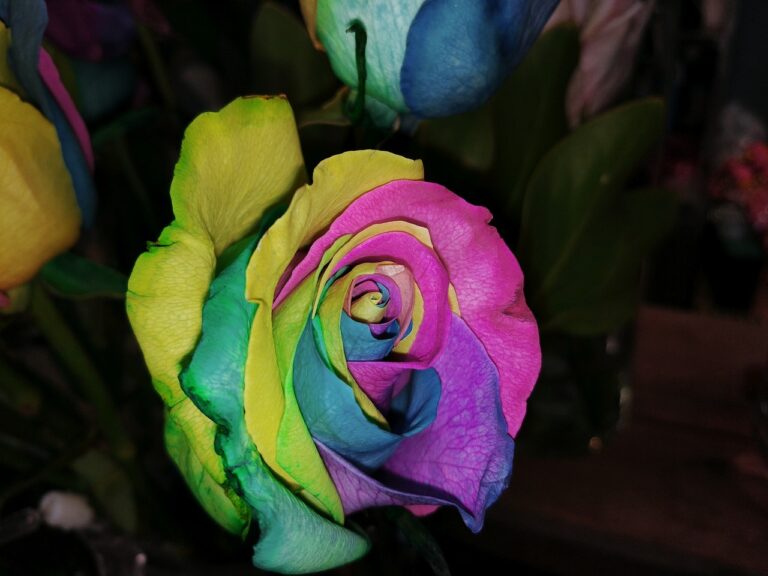The Evolution of Fashion Week: From Runways to Digital Experiences
Fashion Week, as we know it today, originated in Paris in the mid-19th century. During this time, prominent French fashion houses would showcase their latest designs to clients and buyers in exclusive salon shows. These private presentations were the precursor to the elaborate, large-scale runway shows that we now associate with Fashion Week.
The concept of Fashion Week evolved over the years, spreading to other fashion capitals such as Milan, New York, and London. The events grew in size and scale, attracting not just buyers and clients, but also fashion editors, celebrities, and influencers. Fashion Week soon became a global phenomenon, setting the tone for upcoming trends and shaping the industry as a whole.
The Rise of High Fashion
High fashion emerged as a pinnacle of luxury and exclusivity in the fashion industry. Designers began creating elaborate and bespoke garments for elite clientele, setting the stage for a new era in fashion. The rise of high fashion was characterized by exquisite craftsmanship, attention to detail, and a focus on creating one-of-a-kind pieces that were beyond the reach of the average consumer.
During this period, high fashion became synonymous with haute couture, a French term meaning “high sewing” or “high dressmaking.” Haute couture garments were meticulously handcrafted by skilled artisans using the finest materials, and often featured intricate embellishments and elaborate designs. Design houses such as Chanel, Dior, and Balenciaga became synonymous with high fashion, setting trends and establishing themselves as leaders in the industry.
The Shift to Ready-to-Wear Collections
As the fashion industry evolved, designers began to cater to a broader audience by introducing ready-to-wear collections. These collections made high-end fashion more accessible to the masses, moving away from the exclusivity of custom-made pieces. Ready-to-wear garments are produced in standard sizes and are available off the rack, allowing consumers to enjoy designer fashion without the need for costly tailoring.
The shift to ready-to-wear collections also revolutionized the way fashion shows were presented. Designers started showcasing their ready-to-wear lines on the runway, giving buyers and the media a preview of what would be available in stores. This change in presentation not only generated more buzz around fashion week events but also set new trends and styles that influenced the mass market.
What led to the shift to ready-to-wear collections in the fashion industry?
The demand for more accessible and wearable clothing by a larger audience led to the shift to ready-to-wear collections.
How did Fashion Week play a role in this shift?
Fashion Week created a platform for designers to showcase their ready-to-wear collections to a global audience, further popularizing this trend.
What are some key differences between high fashion and ready-to-wear collections?
High fashion collections are often more extravagant, exclusive, and expensive, while ready-to-wear collections are more affordable, accessible, and practical for everyday wear.
How has the rise of ready-to-wear collections impacted the fashion industry?
The shift to ready-to-wear collections has democratized fashion, making designer clothing more accessible to a wider range of consumers and changing the way we view and consume fashion.







